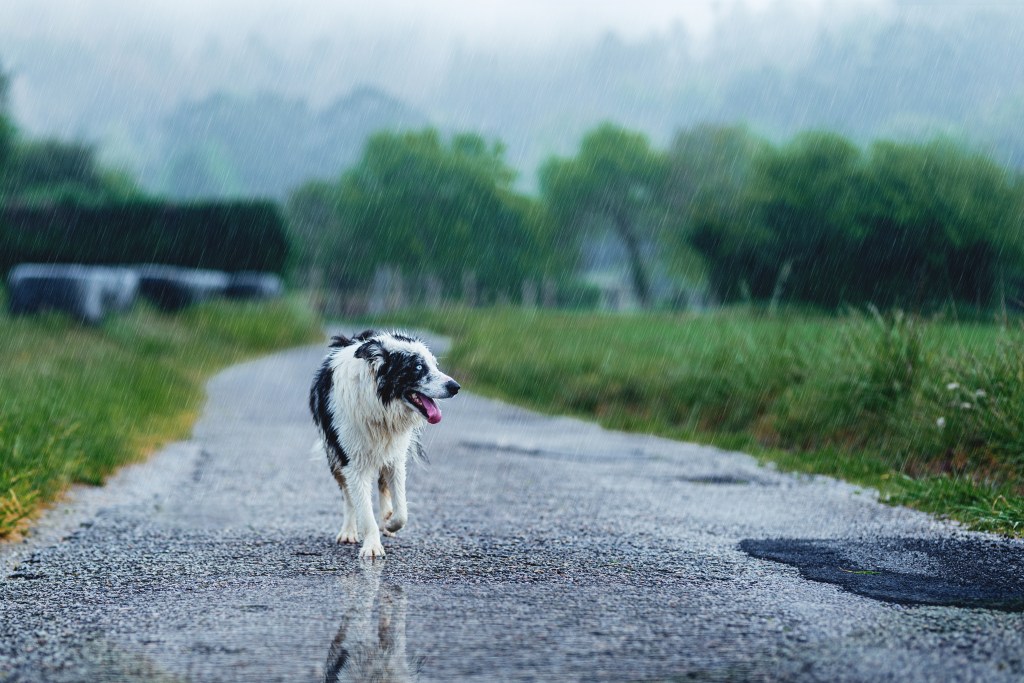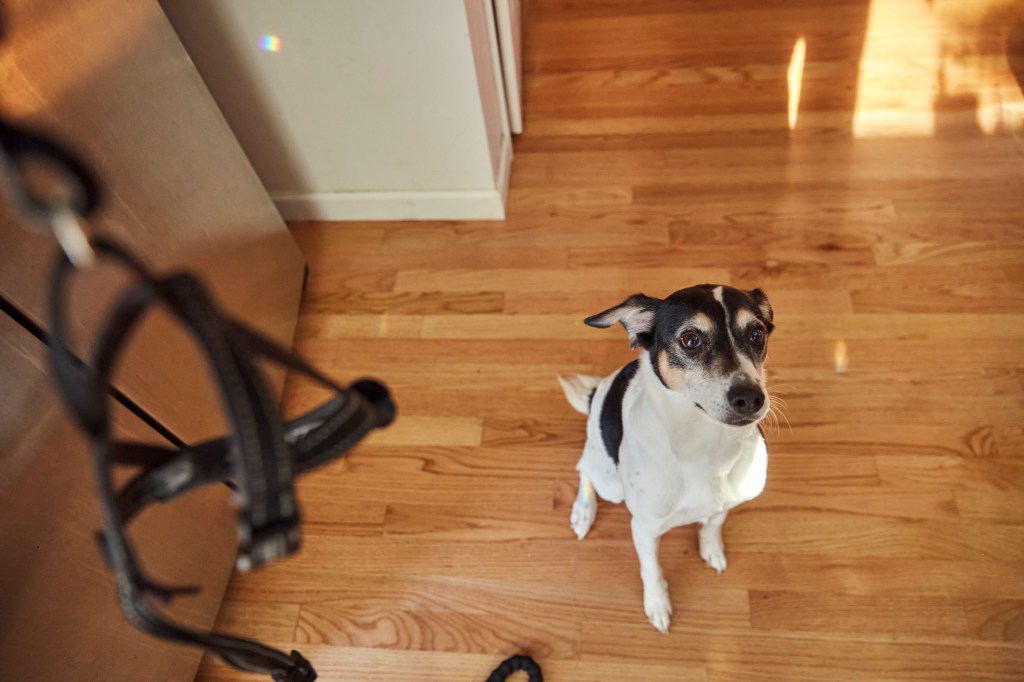Lost Dog Syndrome — sometimes also called Missing Dog Syndrome — refers to a dog’s behavior after they have gone missing. Oftentimes, canines who’ve been missing from their homes for a few days or weeks may display specific mannerisms or respond unusually. If your pet has been gone for a prolonged time, they may have even developed other instincts to survive. As such, it’s not uncommon for that same dog to take time to readapt to their surroundings and stimuli once they have returned home.
While Lost Dog Syndrome isn’t a medical term, it’s important to take it seriously if your pup has been behaving in a strange manner after coming home. Most pet parents would be delighted to be reunited with their lost pet, but one must try and understand the dog’s physical and mental state of mind and accordingly prepare them for their journey to recovery.
What to expect when your missing dog returns home
Once your beloved pet returns home, the first course of action should be to take your dog to a vet to make sure the dog isn’t suffering from any illness or serious injury. Typically, lost dogs may have sore feet due to extensive walking or even cracked and raw paws.
Another important thing to keep in mind is that after returning home, your dog may seem confused or may not obey your commands despite being well-trained. This is because they may have developed certain survival instincts while they were on their own. However, this is mostly temporary, and with time, your dog can return to their normal self.
Most missing dogs may have also experienced dehydration and significant weight loss if they’ve been away for a while. So, make sure you strictly follow the diet recommended by your vet during this period. You should also make sure your dog does not consume excess food, which could lead to bloating or other stomach issues.
In addition, make sure your pet gets adequate rest since they are potentially exhausted from traveling. Moreover, your dog likely experienced heightened anxiety or panic attacks as a result of their uncertain surroundings. As such, they probably didn’t sleep as often as they would have if they had been safe and comfortable at home with you.
Factors affecting distance traveled by lost dogs

There are several factors that affect the distance traveled by your missing dog. These include the canine’s temperament, circumstances, weather, and more.
The dog’s temperament
Friendly dogs tend to remain close to home while aloof and fearful pups may travel further away from their residence. That said, a friendly dog is more likely to end up in the hands of a stranger than a more aloof one who tends to avoid contact with people.
The scared dog may, however, tend to become less aggressive with time and come in contact with people if they get hungry. Typically, aloof pups wandering around may be rescued by experienced trappers or rescuers.
The dog’s appearance
A dog’s appearance can also determine the distance they’ve traveled after going missing from home. A popular breed like a Labrador Retriever or Golden Retriever might get picked up by someone, whereas one perceived to be aggressive, like a Pit Bull, may continue to wander around since people might be concerned about their temperament and may not pick them.
The dog’s size is another important factor to consider in this situation. People generally tend to pick up small dogs since they’re easier to carry and take care of in apartments as compared to large dog breeds. Moreover, people are often less weary of smaller canines.
Location and population density
A dog from a residential area may not travel as much distance as a pup who went missing from a mountainous area. Additionally, population density is another major factor influencing the distance traveled.
A pup lost in a city inhabited by a large number of people might be found close to their home since someone is likely to pick up the dog and return them to their owner. However, if a dog goes missing in a rural area with low population density, they may end up traveling more distance since chances of human contact are less likely.
Circumstances that led to the dog disappearing
If the pup went missing while trying to chase a scent, then they may not have traveled a lot of distance. However, if the dog ran away due to fireworks or a thunderstorm, they may end up at a place quite far away from home.
This is because the noise of fireworks or thunderstorms can trigger anxiety and fear in them, causing them to flee as a fear response mechanism. So, it’s important to understand the events that led to your dog disappearing and accordingly search for your pet.
How to help your pup overcome Missing or Lost Dog Syndrome

There are numerous ways by which you can help your pup overcome Lost Dog Syndrome. Every dog is different. Hence, it’s imperative you understand both your pup’s nature and temperament and accordingly plan the recovery process.
First, make sure you create a safe and secure environment for your pet. After being lost for several days or weeks, your dog might still be going through stress and anxiety. So it’s important to make them feel secure in your home. Ideally, the space you provide for your dog should be warm, calm, and comfortable, with no potential anxiety triggers. Give them some toys, a blanket, and make sure they get some rest.
Another important thing to do is to keep a respectable distance from your pup for a while during their recovery process. It’s possible they may need some time to process their emotions and trust their owners again. So, make sure you don’t forcefully hug or initiate physical contact if your dog feels uncomfortable. However, it’s important to keep a constant eye on the dog at all times and observe their behavior. Undoubtedly, you’ll be able to tell when they want attention from you and feel more at ease again.
How to prevent your dog from going missing
To avoid such incidents or mitigate the actions of any potential Houdini-level escape artists, ensure you microchip your dog. A microchip contains all the necessary details required to get in touch with the pup’s owner. So if a shelter or a vet finds your pet, they can scan the microchip and reach out to you.
Another important thing to remember is to update your microchip details if your contact number changes or if you move to a different address. In that case, you must reach out to your microchip database provider and share the new details with them. In many cases, you can even update your account online.
You must also use a proper leash whenever you take your dog outside. This can help prevent your pup from running away or wandering off. Another easy way to ensure your dog’s safe return if they wander off is to keep your pup’s identification tags updated.
In addition, make sure there are no holes or spaces in your fence through which your dog can escape. There are many ways to create a dog-friendly yard. In particular, it’s important to stay with your pet at all times whenever they’re outside. Moreover, your best bet is not to leave them unsupervised.
Remember, if your dog does pull a fast one or becomes startled and jolts, getting them back home as soon as possible is key. The less time away, the less likely your pup will experience the behaviors associated with Missing or Lost Dog Syndrome.







